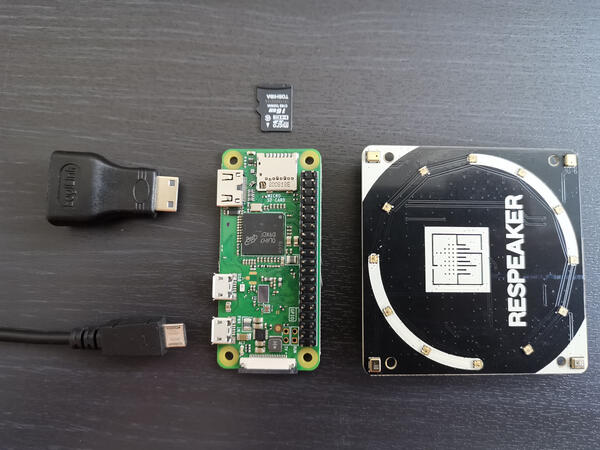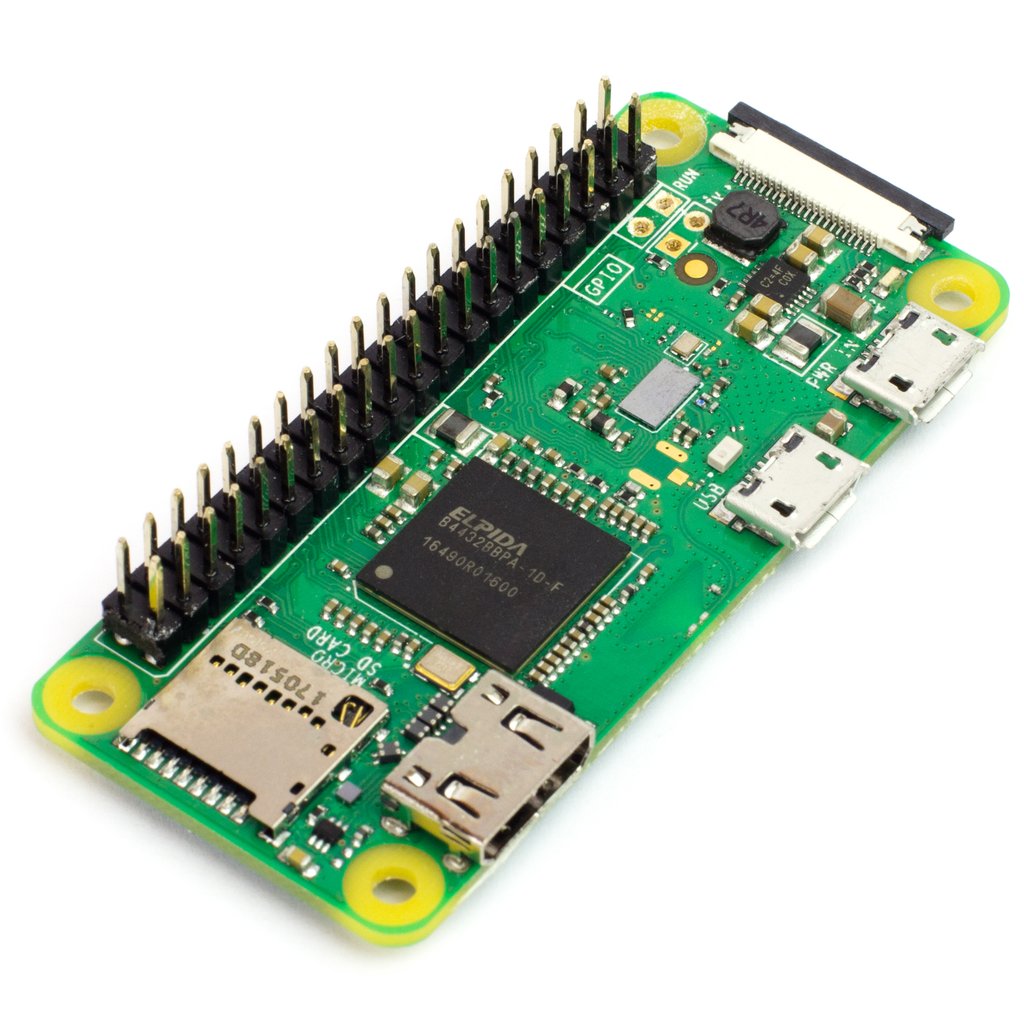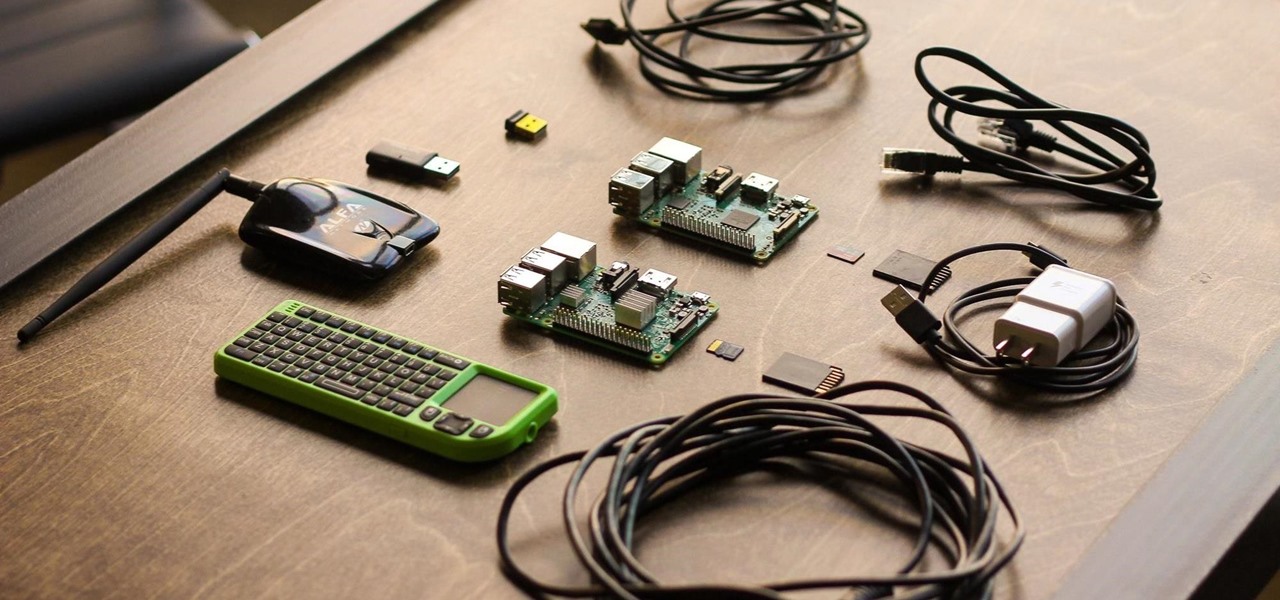

This is based on the Debian Stretch distribution which is available to download as Raspbian Stretch with Desktop or Raspbian Lite. So if you are able to connect a monitor during install and then use it without a monitor attached then you may want to do that instenad. The first thing to be aware is that it is far easier to perform the configuration with a monitor or TV attached, and in the case of a problem it's far easier to fix by being able to see the console messages. You can however install without any of those physically attached. If you have installed onto a Raspberry Pi using the NOOBs image then you will have seen that you need a screen and keyboard (and optionally a mouse) to start the install process. This maybe because you want to run it as a server, in a robot, or in a position where your HDMI cable cannot reach.

The Raspberry Pi Linux computer can be used as a regular computer connected to a TV or monitor, but it's sometimes useful to use without any screen (headless). now tells it do perform the action immediately ( 15 would tell the machine to shutdown in 15 minutes).Running the Raspberry Pi headless with Raspbian shutdown as you may guess, shuts down the machine.The desktop includes a standard shutdown button in the desktop main menu but you can also tell the Pi to shutdown through the CLI using this command: language:bash This downloads and upgrades all packages on the system and may take a while. It temporarily allows the user (if you’re not already logged in as root) the ability to run these commands if your user name is in a list of users ('sudoers').Īpt-get is the package manager and update is the command we are giving it. Sudo (also known as super user) is a command that you will see a lot, specifically with high security commands. This command tells the Pi to retrieve the latest package information and tells the package manager what needs updating. Access it by opening the terminal and type the following and hit Enter: language:bash

In case you skipped the step in the set up wizard or need to update software packages in the future, we can update the software package on the Pi through the Command Line Interface (CLI). Make sure to write down the password somewhere safe before saving! You can also change the username as well. Warning: We recommend changing your password from the default to secure your Raspberry Pi.


 0 kommentar(er)
0 kommentar(er)
